When it comes to painting a car hood, the cost can vary significantly based on several factors. For an expensive car, you can expect the price to be on the higher end of the spectrum due to the need for premium materials and precision work. If you’re asking, “How much does it cost to paint hood of the car?” the answer depends on a few key elements.
A professional auto body shop typically charges based on the size of the area being painted, often measured in square feet. For a standard car hood, this could mean a cost ranging from $300 to $1,000. The price is influenced by the quality of paint used, the shop’s reputation, and the complexity of the job.
If you take your car to a high-class mechanic or a specialized auto shop, you may encounter higher costs. These shops are equipped to handle high-end vehicles with a focus on meticulous detailing, which can drive up the price. However, their expertise ensures a high-quality finish that meets the standards for expensive cars.
In summary, painting a car hood involves various cost factors, including the type of car and the level of service provided. Whether you choose a high-class mechanic or a professional auto shop, understanding these elements will help you get a clearer picture of how much it will cost to paint a car hood.
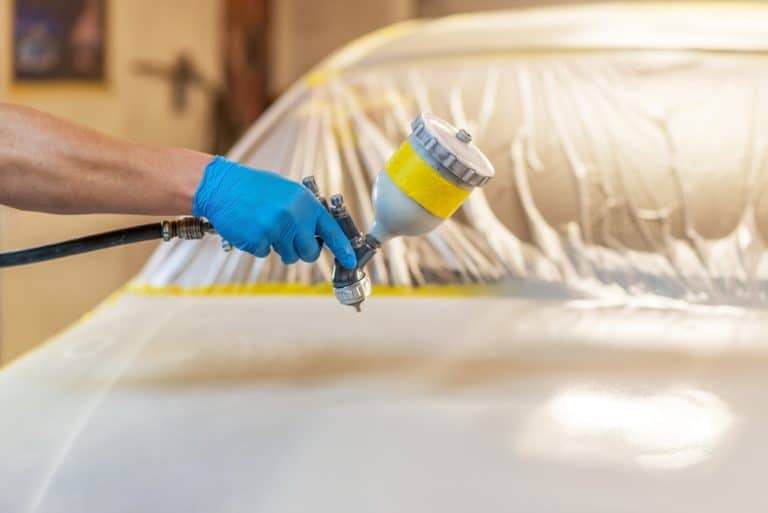
What factors about how much does it cost?
The cost to paint a car hood depends on several factors, including the paint quality, professional paint job requirements, and the condition of the car’s hood. A high-end paint job at a professional auto shop or car dealership uses premium materials like urethane paint and a clear coat for a showroom-quality finish. In contrast, a mid-range paint job offers decent quality with more affordable materials, while a low-end paint job may use single-stage enamel paint, which is less durable.
If you opt to paint your own car hood using spray paint, the cost can be lower but often at the expense of a high-quality finish. Professional automotive painters with a paint sprayer can provide a consistent and smooth finish, significantly impacting the car hood cost. The type of paint job—be it high-end, mid-range, or low-end—will determine the final cost and the quality of the car paint on your car hood.
What are the pros and cons of the DIY vs. professional paint job?
When deciding between a DIY approach and a paint job for your car hood, there are several pros and cons to consider.
DIY painting a car hood
Pros:
- Cost savings: DIY painting a car hood using spray paint is significantly less expensive than a professional paint job. You can achieve a new look for your car hood without the high costs of a showroom-quality paint job.
- Control and flexibility: Painting your car hood allows you to work at your own pace and experiment with different techniques and finishes using a paint sprayer.
Cons:
- Quality concerns: achieving a paint job with spray paint can be challenging. It’s hard to match the finish of a high-end paint job or even a mid-range paint job done by a professional painter.
- Durability: DIY paint jobs may not last as long. Without a proper coat or the use of urethane paint, the paint can fade or chip more quickly than professionally applied car paint.
- Preparation and skill: the car hood painting process involves careful preparation. Lack of experience can lead to uneven coverage or paint drips, reducing the overall finish.
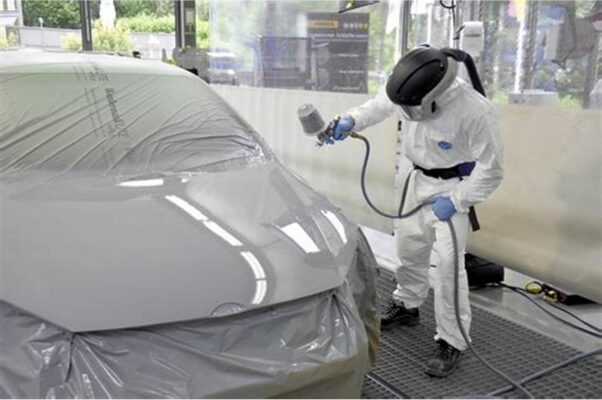
Professional painting
Pros:
- Expertise and equipment: a professional automotive painter has the skill and tools to provide a consistent, high-quality finish. They use professional-grade equipment and paints, such as urethane paint, ensuring a long-lasting result.
- Warranty and car hood paint: many professional auto body shops offer warranties on their paint jobs and can address any paint or repair service needs efficiently.
- Showroom quality: for a showroom quality paint job or high-end paint job, a professional painter can deliver a flawless finish with a coat, providing superior protection and shine.
Cons:
- Cost: professional paint jobs can be expensive, especially for high-end finishes. This might not be suitable if you’re on a tight budget or if the car’s hood only needs minor touch-ups.
- Time: scheduling and completing a professional paint job can take more time than a DIY project, as it involves multiple layers and drying times to achieve the best results.
Ultimately, the decision between DIY and professional painting depends on your budget, the level of quality you desire, and your willingness to invest time and effort into the car hood painting.
How does the condition of the hood affect the painting cost?
The condition of the car hood greatly affects the cost of painting it. If the hood is in good shape with minimal damage, a low-end paint job using single-stage enamel paint may suffice, keeping costs low due to minimal prep work. However, if the car hood has dents, scratches, or old, damaged paint, extensive prep work, including body filler, will be needed, increasing the total cost.
Choosing a metallic or two-tone paint, or adding a coat, also raises the price. The larger the hood, like on a BMW, the higher the cost due to more surface area. Insurance may cover some costs if the painting is part of repair work. Overall, the condition of the car’s hood and the level of prep and customization required directly impact the cost of painting it.
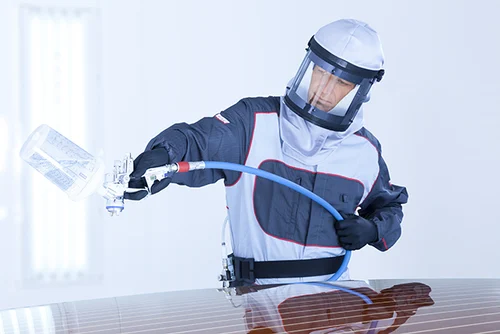
What materials are needed to paint a car hood at home?
Materials needed to paint a car hood at home
Painting a hood at home can be a cost-effective way to refresh your vehicle’s appearance, but it requires careful planning and the right materials. While it might not be the lowest level paint job you can achieve, with proper preparation and application, you can create a respectable finish.
Essential materials:
- Paint: the type of paint will significantly impact the overall look and cost to paint the car hood. Single-stage enamel paint is a common choice for its simplicity, but it might not offer the same depth and shine as a clear coat finish. For a more premium look, consider metallic paint, but be aware that it often requires more skill to apply evenly.
- Primer: this is essential for creating a smooth base for your paint and ensuring proper adhesion.
- Clear coat: while optional, a clear coat protects your paint job and gives it a glossy finish.
- Sandpaper: you’ll need various grits for prepping the car hood, removing imperfections, and smoothing the surface before painting.
- Masking tape: this is crucial for protecting areas you don’t want to paint.
- Paint sprayer: for a professional-looking finish, a paint sprayer is highly recommended. However, you can achieve decent results with spray cans, especially for smaller areas.
- Body filler: if there are dents or scratches, you’ll need body filler to repair the damage before painting.
- Paint thinner: for cleaning equipment and thinning paint as needed.
Additional considerations:
- Paint toolbox: a dedicated paint toolbox can help keep your materials organized.
- Prep work: the extent of prep work will depend on the condition of the car hood. A BMW hood with existing paint in good condition might require minimal prep work, while a car hood with rust or damage will need more extensive prep work.
- Custom details: if you’re looking to request custom details or a two-tone paint job, additional materials and skills may be required.
Painting an entire vehicle is a significant undertaking and requires more materials and time than just a car hood. If you’re unsure about your abilities or want to achieve a showroom-quality finish, it might be better to consult a professional technician. While DIY can save you money, the total cost, including materials, equipment, and potential mistakes, might outweigh the savings compared to hiring a professional.
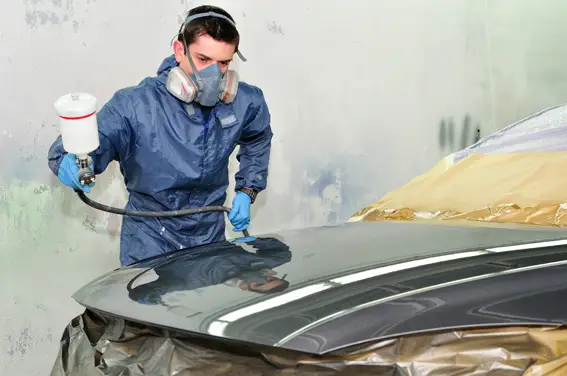
What skills are required for DIY hood painting?
DIY hood painting requires a range of skills to achieve a satisfactory result. Key skills include:
Surface Preparation
Properly removing previous paint and sanding the car’s metal to ensure a smooth surface is crucial. This includes using body filler for any dents and ensuring all surfaces are clean.
Application techniques
Using a paint sprayer effectively requires practice. Achieving even coverage and avoiding runs or drips is essential for a clean finish. Skills in applying single-stage paint or metallic paint depend on your choice.
Masking and protection
Mastering the use of masking tape to protect areas not being painted is crucial. Properly using drop cloths to catch overspray will keep your workspace clean.
Color matching and custom details
If you’re dealing with custom details or matching both the color and the car hood’s own lines, precision is key. This may involve mixing paint to match the existing colour, which can be challenging without experience.
Finishing touches
Applying a clear coat for durability and a fresh coat requires an even hand. Understanding how to handle the air compressor for proper paint application is also important.
Understanding costs
Knowing how much it costs to paint a hood involves comparing prices for materials and accounting for any shipping costs for specialized paints. While a DIY job can be cheaper than a quality paint job, it’s important to manage expectations.
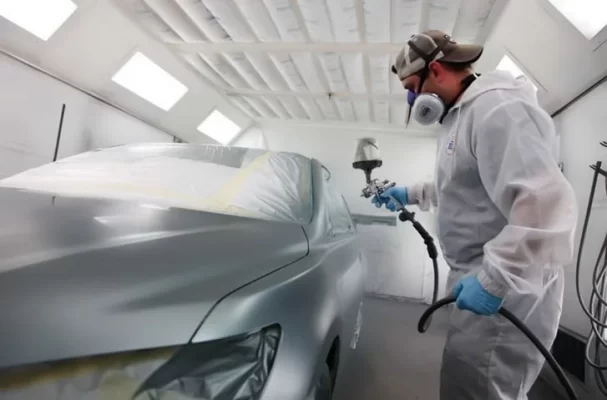
Preparation for repair work
If there’s extensive damage, being prepared for additional repair work and understanding the time involved is necessary.
These skills help ensure a successful DIY paint job that can be both cost-effective and satisfying.
How long does it typically take to paint a car hood at home?
Paint car hood at home typically takes between 1 to 3 days, depending on several factors:
Preparation time
Properly preparing the car hood involves removing any old paint, sanding the car’s metal, and applying filler if needed. This step can take several hours to a full day, depending on the condition of the hood and the extent of the prep work required.
Painting process
The actual application of paint using a paint sprayer generally takes a few hours. For a low-end paint job using single-stage paint, the process might be quicker compared to a more complex job involving metallic paint or custom details.
Drying time
After applying the paint, including any clear coat, you’ll need to allow it to dry completely. This can range from 1 to 24 hours between coats and up to 48 hours or more for the final curing. Using an air compressor can speed up the drying process to some extent.
Finishing touches
Final touches, such as color matching and ensuring coverage, may add additional time. If you’re wrapping the hood with vinyl wrap instead of painting, it might take a similar amount of time, though the process and skills required differ.
Overall, while a DIY paint job can be more cost-effective, it requires careful planning and execution. The total time spent also depends on factors such as the condition of the vehicle hood, the complexity of the paint job, and how much it costs in terms of both time and materials. Comparing prices for materials and accounting for any shipping costs for speciality items can also impact the overall timeline.
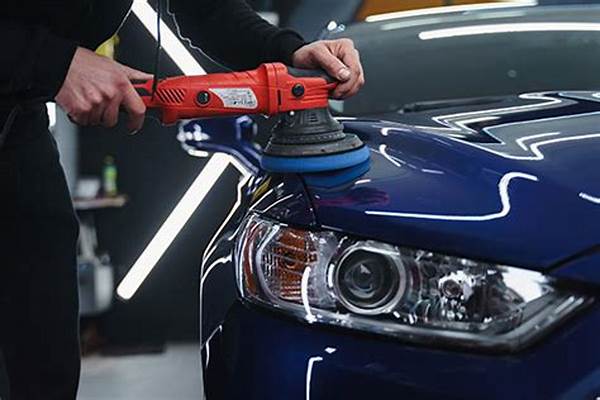
How do I find a reputable body shop to paint my car hood?
To find a reputable shop for painting your car hood, follow these steps:
Research and reviews
Start by researching local body shops and reading reviews from previous customers. Look for shops with high ratings and positive feedback, especially regarding their expertise in painting car hoods.
Ask for recommendations
Get recommendations from friends, family, or your insurance company. They might suggest reliable body shops based on their own experiences.
Check credentials
Ensure that the shop employs professional technicians who are experienced in painting car hoods. Verify their credentials and any certifications they may have.
Compare prices
Request quotes from multiple body shops and compare the cost of painting your car hood. Make sure to understand what is included in the quote, such as labour, materials, and any additional fees.
Assess quality
Visit the shop to see their work firsthand. Ask to see examples of previous paint jobs and check for even coverage and quality finishes.
Understand costs
Inquire about the total cost, including any potential additional charges such as shipping costs for materials. Ensure there are no hidden fees and that the cost covers everything from prep work to the final clear coat.
Get a written estimate
Request a detailed written estimate or attached slip outlining all aspects of the paint job, including the shipping cost per square foot and any additional charges. This will help you make an informed decision.
By following these steps, you can find a reputable shop that will provide a high-quality paint job for your car hood while staying within your budget.
What should I look for in a spray paint job warranty?
When evaluating a paint job warranty, consider the following factors to ensure you’re getting adequate protection for your car hood:
Coverage details
Look for a warranty that covers various aspects of the paint job, such as defects in the paint or application process. Ensure it includes coverage for issues like peeling, fading, or bubbling.
Duration
Check the length of the warranty. A longer warranty period generally indicates a higher level of confidence in the quality of the work. Some warranties might offer coverage for several years.
Scope of coverage
Ensure the warranty covers all critical components, including the cost of labour and materials. It should also address any issues related to the application of the paint, such as issues with the clear coat or colour matching.
Exclusions
Review any exclusions or conditions that might void the warranty. For example, some warranties may not cover damage caused by environmental factors or improper care.
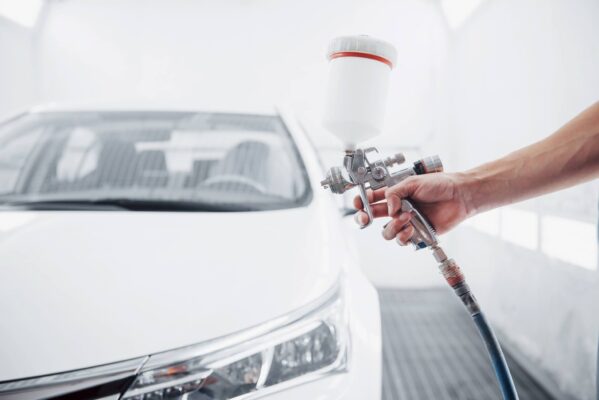
Professional standards
Verify that the warranty is offered by a reputable shop or professional technician. High-class mechanics and reputable shops typically provide more reliable warranties.
Claims process
Understand the process for filing a warranty claim. Ensure it is straightforward and that you know whom to contact if issues arise. Confirm if any shipping costs or additional fees are associated with the warranty claims process.
Cost implications
Consider whether the cost of the warranty is reasonable compared to the overall cost of painting your car hood. Make sure the warranty provides value relative to the investment you’ve made in the paint job.
By carefully reviewing these aspects, you can ensure that the paint job warranty offers robust protection and peace of mind for your car hood.
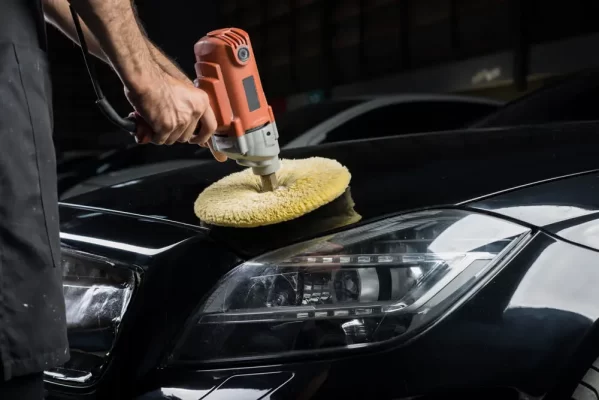
Conclusion about how much does it cost
In conclusion, determining the cost of colouring a car hood involves several considerations, especially if you own an expensive car. To answer the question of how much it costs to paint a car hood, you need to factor in the price per square foot, which can vary based on the quality of materials and the expertise required. The cost will depend on the size of the car hood in square foot, as well as any additional work needed to achieve a high-quality finish. Ultimately, for an expensive car, you should be prepared for higher costs, influenced by both the square foot rate and the professional service provided.

Matthew Edward is a professional painter who loves to paint and wants to share useful tips and tricks which he had learned in many years of experience in painting. He also used many products that can be used for painting he has tried and tested each and every product to give an unbias opinion about it in his review. This blog is very useful for those newbies who want to learn painting without making mistakes.






